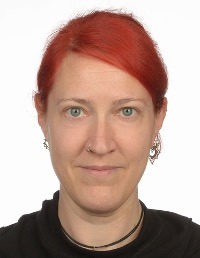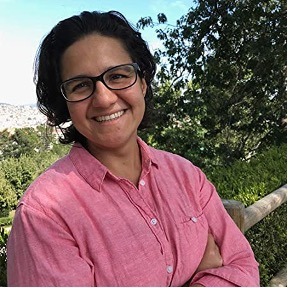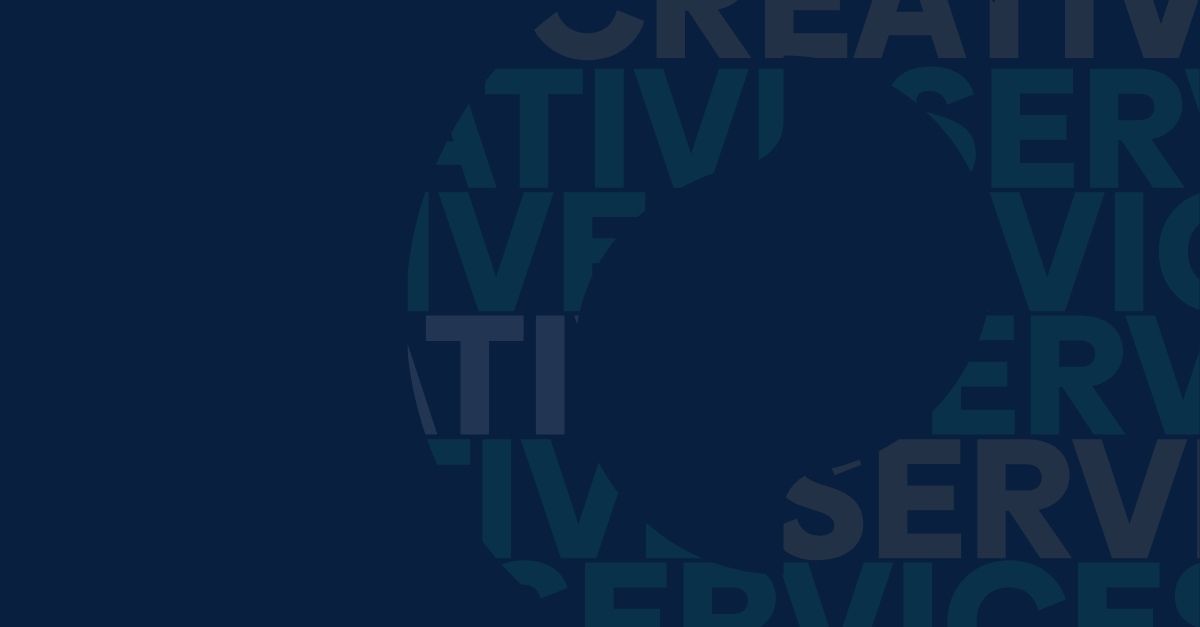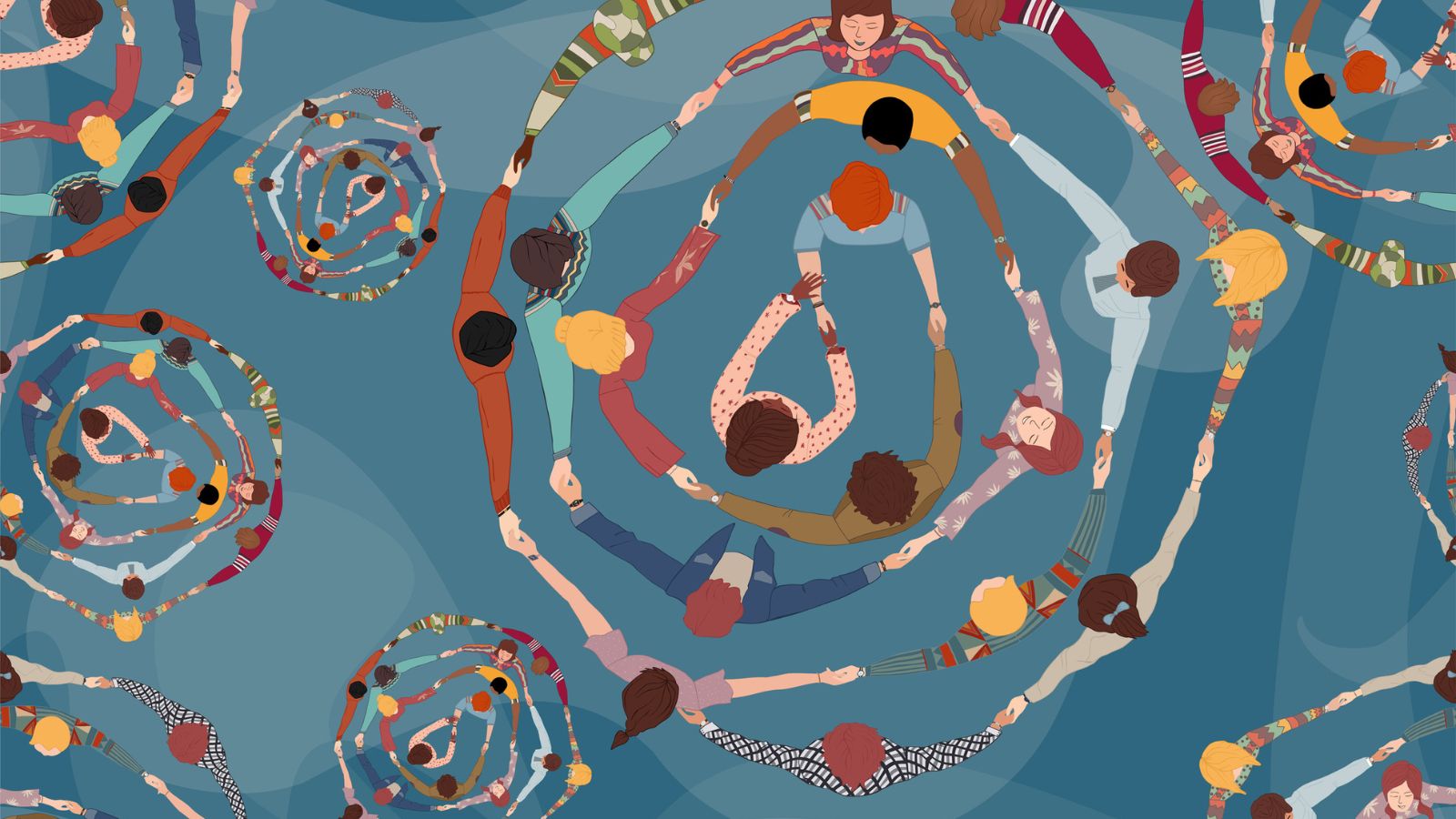In an increasingly interconnected world, businesses recognize the power of human diversity and the significance of using inclusive content in their translation and localization efforts. Language plays a powerful role in shaping perceptions, sometimes moving our societies towards equity, and sometimes hindering inclusivity by playing to harmful stereotypes.
A recent Argos webinar, “Keeping Your Germanic Language Content Inclusive,” brought together three language experts to discuss the challenges, strategies, and benefits of inclusive language in translation and localization.
Meet our webinar guests:
 Rhana Catharina Tersteeg is a linguist, SEO-specialist, and creative reviewer at Chillistore. With a background in Sinology, Tersteeg has always been fascinated by linguistics and the power of inclusive language. Currently based in Amsterdam, she actively works on localization projects that foster inclusivity and LGBT+ awareness. Tersteeg’s passion for inclusive content stems from her studies of Chinese, where she learned about the absence of gendered pronouns. This concept has captivated her ever since. Alongside her work, Tersteeg is also a co-writer of the book “Atlas of Remembering,” which delves into the diverse ways people from different cultural backgrounds in Amsterdam remember and celebrate their heritage. As a Dutch native speaker, living in a city known for its tolerance and inclusivity, Tersteeg recognizes the ongoing need for progress in achieving inclusive language. Rhana Catharina Tersteeg is a linguist, SEO-specialist, and creative reviewer at Chillistore. With a background in Sinology, Tersteeg has always been fascinated by linguistics and the power of inclusive language. Currently based in Amsterdam, she actively works on localization projects that foster inclusivity and LGBT+ awareness. Tersteeg’s passion for inclusive content stems from her studies of Chinese, where she learned about the absence of gendered pronouns. This concept has captivated her ever since. Alongside her work, Tersteeg is also a co-writer of the book “Atlas of Remembering,” which delves into the diverse ways people from different cultural backgrounds in Amsterdam remember and celebrate their heritage. As a Dutch native speaker, living in a city known for its tolerance and inclusivity, Tersteeg recognizes the ongoing need for progress in achieving inclusive language.
|
 Isabell Otterbein is a senior localization specialist with the German team at HubSpot. With nearly three years of experience at the company, Otterbein plays a pivotal role in shaping HubSpot’s voice and style for the German market, focusing on clarity, accessibility, and cultural relevance. Her passion for inclusive language ignited when she was assigned the task of developing an inclusive language guide specifically for the German language at HubSpot. This endeavor led to the creation of similar guides in English, French, Spanish, and other languages, reflecting the company’s commitment to inclusivity across translations. Otterbein’s dedication to promoting inclusive language is not only professional but personal, as she deeply values the importance of fostering an inclusive environment. Her ongoing efforts and expertise in the field make her an instrumental advocate for inclusive language practices. Isabell Otterbein is a senior localization specialist with the German team at HubSpot. With nearly three years of experience at the company, Otterbein plays a pivotal role in shaping HubSpot’s voice and style for the German market, focusing on clarity, accessibility, and cultural relevance. Her passion for inclusive language ignited when she was assigned the task of developing an inclusive language guide specifically for the German language at HubSpot. This endeavor led to the creation of similar guides in English, French, Spanish, and other languages, reflecting the company’s commitment to inclusivity across translations. Otterbein’s dedication to promoting inclusive language is not only professional but personal, as she deeply values the importance of fostering an inclusive environment. Her ongoing efforts and expertise in the field make her an instrumental advocate for inclusive language practices.
|
 Mirelle Aranguren, a Spanish linguist based between Stockholm and Riga, is a certified translator, interpreter, and integral member of Argos Multilingual’s Creative Services team. With a strong affinity for inclusive language, Aranguren combines her passion for languages and culture to drive content creation and optimization. Her extensive experience in Sweden, spanning over a decade, has honed her expertise in the Swedish language and its nuances. Aranguren’s commitment to inclusive language extends beyond her professional role, as she actively engages in literary activism and champions LGBTQIA+ topics. At Argos, she seamlessly integrates inclusive language into content strategy, recognizing its essential role in effective communication. Mirelle Aranguren, a Spanish linguist based between Stockholm and Riga, is a certified translator, interpreter, and integral member of Argos Multilingual’s Creative Services team. With a strong affinity for inclusive language, Aranguren combines her passion for languages and culture to drive content creation and optimization. Her extensive experience in Sweden, spanning over a decade, has honed her expertise in the Swedish language and its nuances. Aranguren’s commitment to inclusive language extends beyond her professional role, as she actively engages in literary activism and champions LGBTQIA+ topics. At Argos, she seamlessly integrates inclusive language into content strategy, recognizing its essential role in effective communication.
|
Tersteeg, Otterbein, and Aranguren shared their insights and experiences, shedding light on the importance of inclusive language localization in fostering diversity, challenging stereotypes, and creating a more inclusive society.
The Characteristics of Germanic Languages Pose Challenges for Inclusive Content
According to our webinar guests, some of the characteristics of Germanic languages, such as German and Dutch, which bring challenges for inclusive content include the reliance on generic masculine as a default, the absence of gender-neutral pronouns, and the difficulty in finding neutral terms that accurately represent and give visibility to all genders. These linguistic features pose obstacles to achieving inclusivity and require deliberate efforts to reshape language and promote more inclusive alternatives.
The Dutch language poses challenges for inclusive content due to its historical roots in colonialism and its association with a standard of the white heterosexual male in the Western world, noted Tersteeg. Stereotyping is a significant challenge in content creation, especially as the population in the Netherlands becomes more diverse. The language’s lack of a third gender and the tendency to default to gendered pronouns further complicate inclusivity efforts.
German reliance on the generic masculine as a default, noted Otterbein, affects career outcomes for girls and women. “What you can’t see, you can’t be,” shared Otterbein of the popular saying. “There have been studies where school kids exposed to the generic masculine of typically male roles have said, ‘I can’t be this, because I’m a girl.’”

Our language must reflect the kind of society we want to live in, creating opportunities regardless of gender.
Aranguren concurred. Coming from a Spanish-speaking background and working with Swedish, she initially thought the absence of gendered language in Swedish was an advantage. However, she realized that the absence of gendered pronouns can still lead to assumptions and stereotypes. Reshaping language can reshape society’s perceptions and examples, enabling everyone to feel represented and empowered. “We need to keep pushing, to keep trying to reshape language, because that also will reshape the way that we see society,” said Aranguren. “Making sure that everybody is represented is critical.”
[form_newsletter]
Simple Yet Powerful Language Methods Can Combat Stereotypes and Promote Inclusivity
According to our guests, there are several methods used to combat stereotypes and promote inclusivity in language. These include:
Using gender-neutral terms: Employing terms that are not specific to any gender, such as “partner” instead of gendered terms like “husband” or “wife,” said Tersteeg, is an increasingly common and simple approach to inclusivity.
Incorporating specific characters or symbols: Because in German, even partner is gendered (i.e., masculine Partner and feminine Partnerin), noted Otterbein, using specific characters like asterisks, colons, or underscores between gendered forms can create inclusive language. This visually represents the inclusion of diverse and multiple genders.
Rephrasing sentences into neutral forms: Reformulating sentences to remove gendered language and make them more neutral, such as using “studying people” instead of “students” (i.e., Studenten and Studentinnen) can be both specific and inclusive when addressing diverse groups of people in marketing content.
Active representation and inclusion: Actively working towards representation and inclusion in content by incorporating words from different languages helps in challenging stereotypes and ensuring opportunities for diverse groups. Aranguren highlighted the efforts in Sweden to ensure representation for individuals from Middle Eastern backgrounds and to challenge the stereotype of Swedes as being solely blond and blue-eyed. Such efforts create a welcoming environment and inspire people to learn about diverse cultures and subcultures in the country.
Broaching Inclusive Language with Clients Shows the Pros and Cons of Different Methods
Many clients already recognize the importance of inclusive language and are receptive to the dialogue, said Aranguren. However, budget and timeline constraints make for hard challenges in maintaining consistent inclusivity across all content. Our webinar guests nevertheless could identify best practices for broaching the topic of inclusive language with clients, discussing recommendations, and weighing the pros and cons of different methods.

According to our guests, broaching the topic of inclusive language with clients and discussing recommendations, as well as the pros and cons of different methods, involves several approaches. Here are some insights shared by the guests:
- Establish a shared understanding: In being part of the internal team at HubSpot developing style guides, Otterbein could testify to the importance of starting with a collective understanding and desire for inclusivity within the company. This helps create a foundation for productive discussions and collaborations on inclusive language, even as the evolution of language and society means needing to revisit and adapt approaches accordingly.
- Develop style guides or reference materials: Sometimes, style guides or reference materials that outline alternatives and guidelines for inclusive language already exist. “Amsterdam itself created a guide for gender-neutral alternatives,” said Tersteeg. These resources serve as a framework for consistent and inclusive content creation, making it easier to introduce the topic and discuss specific recommendations with clients.
- Consider budget and time constraints: Acknowledge that budget and time limitations can sometimes pose challenges in implementing inclusive language. It is essential, said Aranguren, to address these constraints and find practical solutions that prioritize inclusivity while aligning with the client’s resources.
- Adapt recommendations to the client’s context: Tailor recommendations to fit the client’s specific needs, industry, and target audience. Certain content, such as legal language, as Otterbein noted, may require specific considerations due to legal implications. Evaluating options, making compromises, and constantly reevaluating the approach are vital aspects of incorporating inclusive language.
- Evaluate options and make compromises: Understand that achieving inclusivity may require evaluating different options and making compromises along the way. It is a process that involves ongoing learning, feedback, and improvement. “We have come to a sort of consensus between all the stakeholders and the localization team to move forward with that just now,” stated Otterbein. “It is a work in progress, and we’re looking at it still.”
With these approaches, you can foster productive conversations and collaborations around implementing inclusive language practices.
There Are Valuable Lessons in How Clients Both Excel and Struggle in Implementing Inclusive Language
Impact > intent: Even with good intentions, clients may face challenges in avoiding unintentional perpetuation of stereotypes in their content. When a client attempted to promote inclusivity by specifically mentioning non-Western backgrounds in a job vacancy, Tersteeg could help them see how this strategy worked counter to their intent. Tersteeg proposed omitting specific references to backgrounds and instead evaluating applicants based on their qualifications. By taking this approach, the client could create a more equitable and inclusive hiring process that focuses on the skills and abilities of individuals rather than categorizing them based on their background.

Overlooking biases: Clients may struggle when their content inadvertently overlooks biases or fails to consider diverse perspectives. Aranguren shared an example of a company that faced backlash due to content that unintentionally perpetuated stereotypes, despite their intentions to be inclusive. This highlighted the importance of seeking multiple perspectives, having second opinions, and monitoring content closely to consider how it may be interpreted by different audiences.
The dangers of not getting inclusive language right in content are significant. Besides the influence of language on individual and societal thinking, and the absence of inclusive language can lead to exclusion, marginalization, and a sense of not belonging, emphasized our panelists. We cannot treat inclusivity as a mere buzzword or add-on, cautioned Aranguren, if we want to avoid being seen as engaging in superficial practices like pinkwashing or greenwashing. Rather, it must be an integral part of a brand’s core strategy. Otterbein concurred: Genuine commitment to inclusivity and respect goes beyond “political correctness.” Inclusivity should prevail as a core value driven by the understanding that it is the right thing to do.
Inclusive Language in Translation and Localization Is Not a Destination, It’s A Journey
The webinar highlighted the challenges businesses face in implementing inclusive content and the benefits that arise from fostering safer and inclusive spaces. Through conscious efforts to combat stereotypes, develop style guides, and prioritize inclusivity, businesses can shape a language that reflects and respects all individuals. As Tersteeg, Otterbein, and Aranguren conveyed, language has the power to shape perceptions, challenge norms, and create an inclusive society. By embracing inclusivity in content creation and localization, businesses can pave the way for a more equitable and inclusive future.
 Argos Multilingual
7 min. read
Argos Multilingual
7 min. read
Here’s What You Need to Know. The U.S. Food and Drug Administration recently released draft guidance regarding artificial intelligence/machine learning-enabled medical devices. Here we take a deep dive into the legislative changes related to cybersecurity, predetermined change control plans, and the role of translation and localization services. The demand for documentation from medical device manufacturers […]

 Argos Multilingual
6 min. read
Argos Multilingual
6 min. read
If someone mentions Korea, catchy K-Pop tunes and thrilling K-Dramas are probably what first spring to mind. But what about online marketing? And actually selling your products or services to such a sought-after market? As part of our iSEO video series, we sat down with HoGeon Kim to learn more about the world of Korean […]











